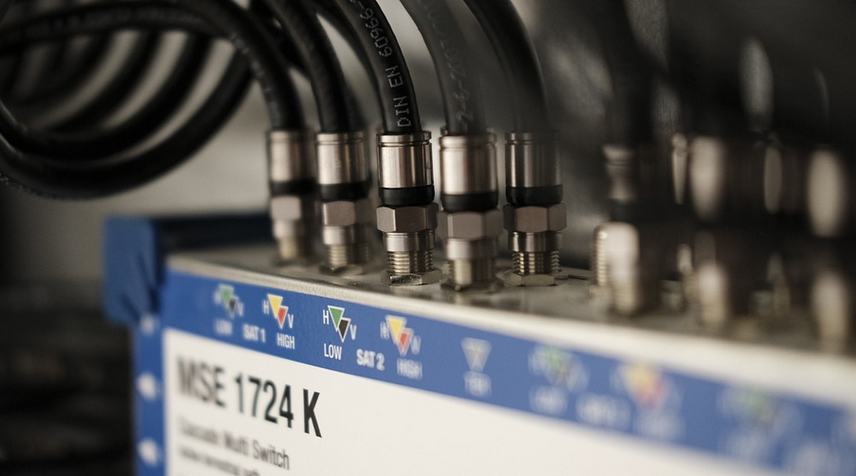What is AR5?
The AR5 (Fifth Assessment Report) is the most comprehensive report from the Intergovernmental Panel on Climate Change (IPCC). It’s a crucial document that summarizes the latest scientific findings on climate change. It’s published every few years to keep up with our ever-changing world, providing us with crucial insights into how the earth is changing and what we can do about it.
Why AR5 Matters for LS
The AR5 report isn’t just about climate change; it’s a blueprint for understanding its implications. Understanding this data helps us in several ways, especially when we look at “LS” – which stands for ‘Long-Term Scenarios’.
Imagine the long-term future of our planet. We need to know how things might unfold over decades and even centuries. This is where LS comes into play. It uses climate data from AR5 to create different models, scenarios, and predictions about the Earth’s climate in the years to come. These results are crucial for understanding potential impacts on society, economics, and environmental sustainability.
Breaking Down the Data: What AR5 Tells Us
AR5 uses a variety of tools and data sources to paint a detailed picture of what our planet’s future holds.
**Temperature:** AR5 offers projections on how global temperatures will change over time. We see that average temperatures are expected to increase, even in the face of significant efforts to reduce greenhouse gas emissions. These projections highlight the urgency for immediate action to curb climate change and mitigate its harmful effects.
**Sea Level Rise:** The AR5 report highlights a dramatic increase in sea levels due to melting ice caps and glaciers worldwide. Projections show that, without significant mitigation efforts, sea level rise could reach up to 1 meter by the end of the century, posing serious challenges for coastal communities.
**Extreme Weather Events:** The AR5 report warns us about the escalating frequency and intensity of extreme weather events like heatwaves, droughts, floods, and storms. These events are becoming more frequent and intense due to climate change, impacting lives, property, and livelihoods around the globe.
**Impact on Ecosystems:** The impact on our ecosystems is deeply concerning. AR5 indicates the loss of biodiversity, disruption of natural processes like pollination, and a shift in species distributions. These changes are critical considerations for preserving our planet’s delicate balance.
How LS Helps Us Imagine a Better Future
LS uses the insights from AR5 to explore potential future scenarios.
**Different Pathways:** LS allows us to explore different possible futures. We can imagine how much our global emissions might change, leading to varying levels of impact on climate change. Some scenarios may focus on limiting the increase in temperature, while others might be more aggressive and aim for a substantial reduction.
**Impact Assessment:** LS helps us understand potential impacts of these different pathways on various aspects like agriculture, water resources, infrastructure, and human societies. This analysis provides valuable data that can inform policy decisions and create strategies to adapt to the challenges ahead.
**Mitigation and Adaptation:** LS allows us to see how much we need to reduce our carbon emissions and implement mitigation strategies to curb climate change. It also helps us understand what steps we need to take in terms of adaptation – preparing for the inevitable changes already underway, while mitigating further impacts.
The AR5 Transmission: Connecting Data to Action
The transition from AR5 data to LS is a delicate process but ultimately one that informs our future actions. It’s like translating scientific information into practical strategies and policies that can make a real difference in the world.
**Data-Driven Policies:** Researchers use AR5 findings to formulate climate change policy recommendations. These policy decisions inform how governments implement new regulations, invest in renewable energy sources, and prioritize sustainable practices across various industries.
**Community Engagement:** Public awareness and engagement are key components of this process. The data from AR5 helps us understand the urgency and complexity of climate change. This information empowers individuals to make informed choices, advocate for policies, and participate in local efforts to promote sustainability.
Conclusion
The AR5 report is a vital part of our understanding of climate change and its implications. LS provides a powerful tool for exploring different future scenarios, helping us imagine potential impacts, and understand the importance of mitigation and adaptation strategies. It’s through this collaborative effort that we can continue to move towards a more sustainable and resilient future.



